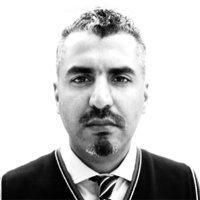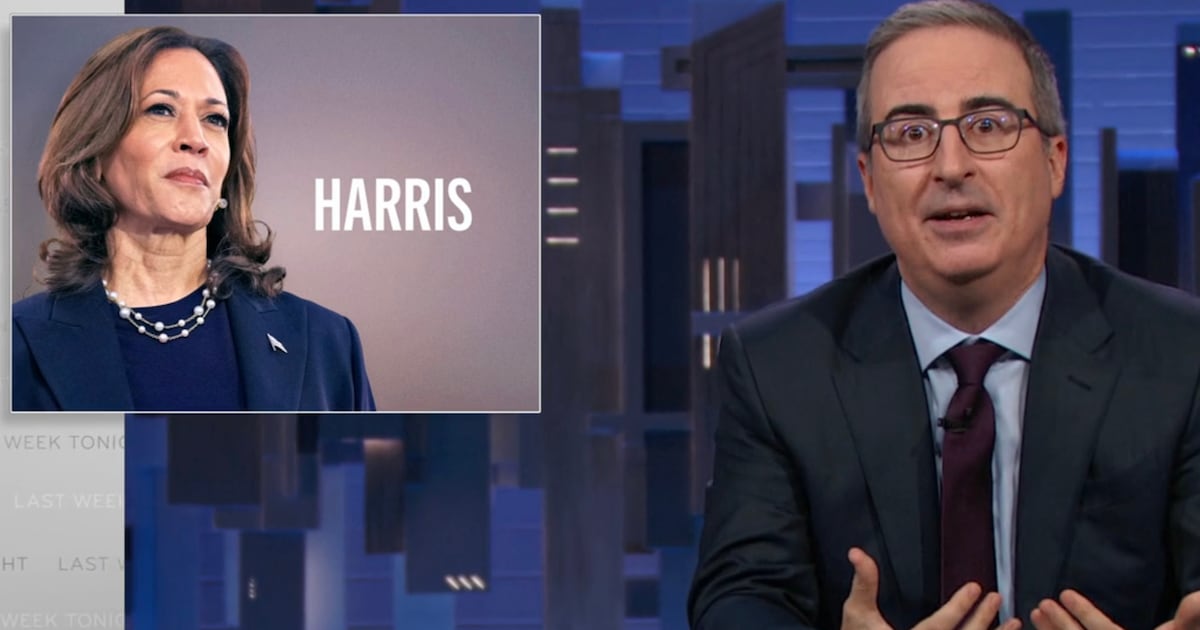LONDON — Perhaps the world’s most mainstream pro-ISIS Western media agitator, Anjem Choudary, finally has been convicted of terrorism in the United Kingdom.
It took 20 years to bring him to justice, but after jurors at the Old Bailey heard last week that he’d pledged allegiance to the so-called Islamic State, they were not going to let Choudary walk free again. He now faces up to 10 years in prison.
I first met Anjem in 1995 when I was 17 years old. Back then, we were both students of the pro-caliphate group Hizb ut-Tahrir (HT).
ADVERTISEMENT
A year before, HT had organized an international caliphate conference at Wembley Arena. In an unprecedented move, we gathered 10,000 people under orange banners proclaiming “Khilafah [caliphate]—coming soon to a country near you.”
Then, one of our associates, Saeed Nur, murdered the Nigerian student Ayotunde Obanubi on the campus of Newham College in London. This was probably Britain’s first jihadist street murder.
I was expelled from the same college due to my unruly Islamist activity, and I got in touch with Anjem because he was a lawyer, and I was seeking his legal advice. But our paths soon diverged.
Eventually, I left Islamism altogether, but after the murder at Newham the more extreme al-Muhajiroun broke away from HT, and Anjem was appointed its U.K. leader. They began to call openly for jihad.
During the two decades that followed, many of us, Muslim or otherwise, dismissed Anjem as an irrelevant fringe voice, almost a parody of an extremist. But like an evil clown, Anjem courted this jester brand while concealing beneath it an incredibly nefarious network. Our neglect and mockery of his manic call to enforce a burqa on the queen and fly the ISIS black flag over Downing Street suited him perfectly.
But evidence now shows that Anjem Choudary was one of the most dangerous extremists in Europe.
Over the course of his 20-year jihadist freefall, Anjem’s group al-Muhajiroun and its “Sharia For…” offshoots have been deemed responsible for half of all U.K. terrorist attacks. Anjem himself has been directly linked to the RAF Lakenheath plot, to radicalizing Jihadi John’s British successor Siddhartha Darr, the Anzac Day plot in Australia, the plot to behead a British soldier, the murder of drummer Lee Rigby at Woolwich in London, the Royal Wooten Basset plot, the London Stock Exchange Plot, and suicide bomber Omar Khan Sharif’s 2003 attack in Tel Aviv. Anjem has also been indirectly linked to London’s 7/7 bombings, the shoe bomber, the ricin plot, the fertilizer bomb plot, the dirty bomb plot, and the Transatlantic bomb plot.
Around 6,000 European citizens don’t just get up out of a vacuum and leave to join the worst terrorist group of our lifetime. Anjem Choudary was a key voice responsible for cultivating what eventually became this ISIS support network in Europe. And he acted with impunity.
No surprises, then, that police revealed his link to 500 British jihadists fighting with ISIS in Syria.
At my counter-extremism organization Quilliam, we had been warning about this for years, only to be suspected of taking the court jester too seriously.
But Anjem was the jihadist Fagin: the ideologue who produced the zombies; the battlefield standard bearer to whom they all rallied; the inciter who took them to the brink, while remaining just on the right side of the law to survive another day.
While we dismissed him as a clown, Anjem was no fool. His jester brand was cynical, deliberate, and planned. He was a trained criminal lawyer who stopped practicing law only because he came to believe that appealing to man-made law meant apostasy.
With hindsight, many may now be wondering how such flagrant incitement was tolerated in Britain for over 20 years. His story serves as a lesson in tolerating gross intolerance. But now that Anjem is in prison, another challenge confronts us. He will be held for a while at HMP Belmarsh, previously described as a jihadist training camp. How will he be stopped from playing his wicked tune through his crooked flute in jail? This time his audience is made up of hardened criminals.
As a society, we are that far behind in countering extremist propaganda that even jailing jihadists can exacerbate the problem. There are some, though, who work exclusively with incarcerated terrorists in order to deradicalize them. My friend and colleague Usman Raja’s organization The Unity Initiative specializes in just such a task. Usman has a track record initiating a certain change in people like Jordan Horner, a convicted member of the “Muslim Patrol” group that was prowling London’s streets enforcing its medieval take on Sharia, and Ali Beheshti, leader of the “Jewel of Medina” petrol bomb plot.
Both men had ties to Anjem’s group al-Muhajiroun but have now apologized for their past jihadist extremism. It may be slightly too optimistic to see this happening to Anjem anytime soon, but action to at least neutralize his recruitment efforts must certainly be considered. And any plan should form a blueprint for building such intervention to scale, globally.
The way in which my path eventually forked from Anjem’s symbolizes the split at the heart of the civil war playing out within Muslim communities, and beyond: Islamists against secularists. Muslims with varying levels of devotion, and even non-Muslims, sit on both sides of this divide. They straddle a largely passive Muslim majority that values its religion and culture but just wants to get on in life.
Islamist theocrats will not allow them to do so.
A civil war has unfolded within Islam, and none of us can any longer afford to remain neutral. First and foremost, this is an ideological war. The state, private companies, and civil society must intervene on behalf of secularists. A rally of thousands calling for a caliphate at Wembley in 1995 followed by a jihadist murder on London’s streets should have acted as a clear warning of the ISIS brutality that was set to follow.
Anjem’s story highlights the dangers of underestimating theocratic Islamist ideologues while allowing their ideology of Islamism to fester as it morphs into violent jihadism. We all stood by hoping it was just going to go away by itself. It hasn’t. And it won’t.
This cancer requires treatment.





